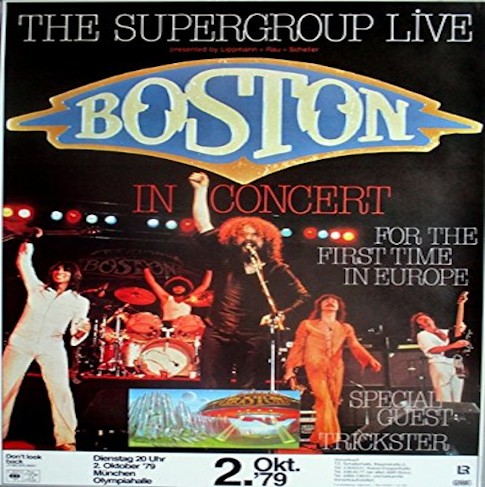As a patient researching medical medical cannabis, you have certainly read of the entourage effect. If you have used cannabis, you have probably noticed the differences in symptom control, side effects and generally how cannabis makes you feel when using different strains. Why does one strain with 17% THC and 0.5% CBD affect you differently than a different strain having the same labeled cannabinoid percentages? There is obviously something else going on here.

Raphael Mechoulam is an Israeli natural products organic chemist, known as “The Father of Cannabis Research,”; discovered ∆-9-THC present in cannabis in 1964. This led to the subsequent discovery of the naturally produced “;endocannabinoids” in the human body and later to the discovery of the endocannabinoid system, the complex network of cannabinoid receptors and endocannabinoid production, in 1992. It is the endocannabinoid system on which the phytocannabinoids, cannabinoids produced by plants (interestingly only by the cannabis genius), exert their effects.
Professor Mecholam’s research later led him to findings that the interaction of two endocannabinoids resulted in the effects of one being increased. This is referred to as “potentiation” in pharmacology. He coined the term “entourage effect” in the July 1998 paper: “An entourage effect: inactive endogenous fatty acid glycerol esters enhance 2- arachidonoyl-glycerol cannabinoid activity.” Since then, clinical experience as well as additional research has proposed that it is the interaction of the various phytocannabinoids as well as that of aromatic compounds called terpenes present in cannabis result in the effects produced in humans. This theory, which I subscribe to and on which my advice is based, is that the various differences in the effects of the different strains is related to the relative cannabinoid and terpene content and ratios.
The pharmaceutical industry’s research has been centered on isolating the various cannabinoids (primarily THC) identifying their effects and then synthesizing them for production. Indeed, synthetic versions of THC are produced and prescribed in the United States. Marinol (dronabinol), for example, is one synthetic analogue of THC that has been in use for many years. Clinical experience has shown it to have more side effects and be less effective in treating cachexia and poor appetite than cannabis. It has not found to be effective for other conditions that respond positively to cannabis. Experience with other synthetic analogues has also shown the whole plant to be better tolerated and more effective. So far, the industry can’t beat nature. The entourage effect, although incompletely understood, is quite real.
What does all this mean to you?
Almost every patient who tries medical cannabis sees some improvement in their symptoms. Most patients stop there. With careful strain selections, taking the entourage effect into consideration, patients can go from some improvement in in their symptoms to a marked improvement in the quality of their life. Cannabis is a very safe medication to use. It is a somewhat complicated medication from which to get the great results.
Make the extra effort in learning how to best use cannabis. I hope that by providing you with my perspectives and experience in managing medical cannabis patients that you can achieve the best possible results in improving the quality of your life.
Brian Nichol MD
Cannabis Expert
CannabisExpertMD.com


